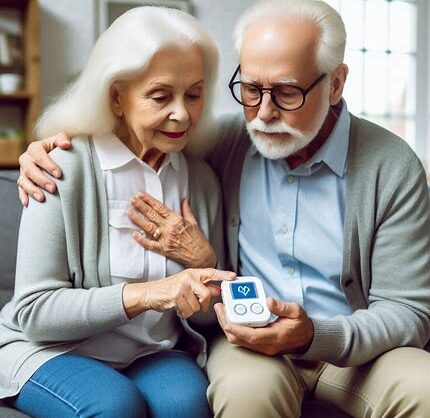Once your medical alert device is set up, using it becomes a simple part of your day. Think of it like wearing a watch or carrying your keys—it’s there when you need it most, without getting in the way.
How to Wear or Carry Your Device
Most devices are made to be comfortable and lightweight. You can choose how to wear yours:
- 🧣 Pendant (necklace style) – hangs comfortably on your chest.
- ⌚ Wristband – looks like a watch, great for all-day wear.
- 👕 Clip-on – attaches to clothing, belts, or pockets.
👟 Wear it all day—even in the shower if it’s waterproof!
Charging and Battery Life Made Easy
Keeping your device charged ensures it’s ready when you need it:
- Daily charging: Many devices need 1–2 hours of charge time per day.
- Charging reminder: Devices often beep or flash when the battery is low.
- In-home units: These stay plugged in and rarely need extra attention.
📅 Make charging part of your daily routine—perhaps during a meal or while watching TV.
Alerts, Prompts, and Reminders
Your device might provide:
- Beeping or voice alerts for battery, signal, or emergency.
- Vibration or flashing lights to confirm a button press.
- Reminders (like medication alerts, if your device supports them).
📢 All alerts can usually be customized to suit your hearing or vision needs.
Sound or Silent: You Choose
Depending on your comfort, you can:
- Turn on voice guidance for spoken instructions.
- Use silent mode if you prefer vibrations only.
- Adjust volume or screen brightness on supported models.
⚙️ Ask a caregiver or family member to help with settings if needed.
Making It a Part of Your Routine
Making It a Part of Your Routine
Here are simple ways to build device use into daily life:
- Put it on first thing in the morning like you would your glasses.
- Charge it during meals or while reading.
- Keep it nearby when sleeping—on a nightstand or under a pillow.
🌙 Most devices work even while you sleep—just keep them close!
Helpful Tips for Family & Caregivers
- Do a weekly check-in to confirm the device is charged and working.
- Create a simple “device care checklist” for routines.
- Discuss and review alerts to ensure the user understands them.
